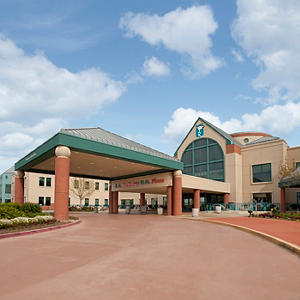
Malcolm MacDonald, MD
Clinical Associate Professor
Thoracic and Cardiac Surgery
Localización

9300 Valley Children’s Place
Madera, CA 93636
Mapas, direcciones y estacionamiento
Teléfono : (559) 353-3000

300 Pasteur Drive, Falk CVRB ULN MC5407
Stanford, CA 94305
Mapas, direcciones y estacionamiento
Teléfono : (650) 723-4000
Experiencia
Cardiothoracic Surgery
Trabajo y educación
Emory University School of Medicine, Atlanta, GA, 05/31/1992
Emory University Hospital Emergency Medicine Residency, Atlanta, GA, 06/30/1999
UCSF Medical Center, San Francisco, CA, 6/2001
Stanford University Medical Center, Stanford, CA, 07/31/2002
Emory University Hospital Emergency Medicine Residency, Atlanta, GA, 06/30/1993
Thoracic and Cardiac Surgery, American Board of Thoracic Surgery, 2002
Idiomas
English
Swahili
Conéctese con nosotros:
Descarga nuestra App: